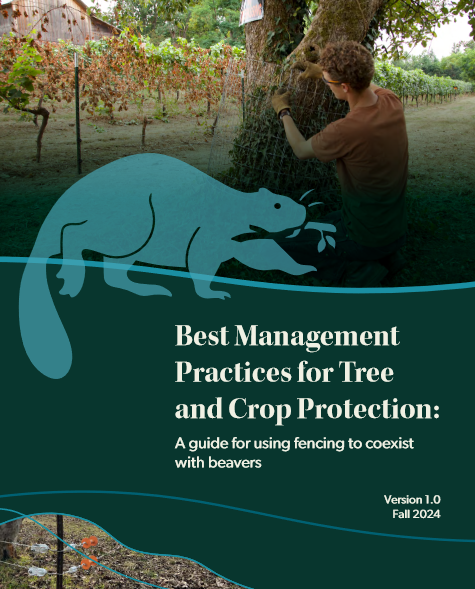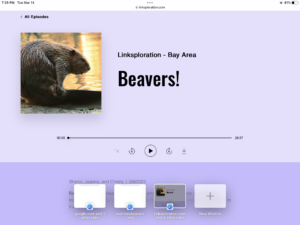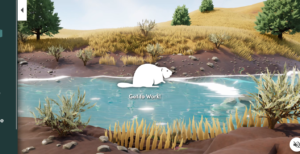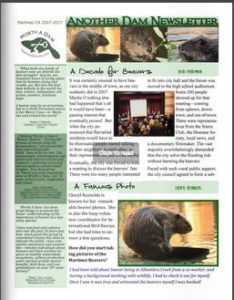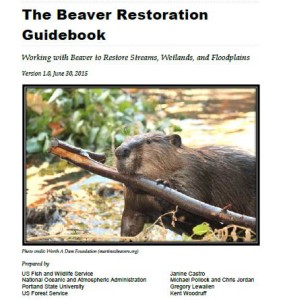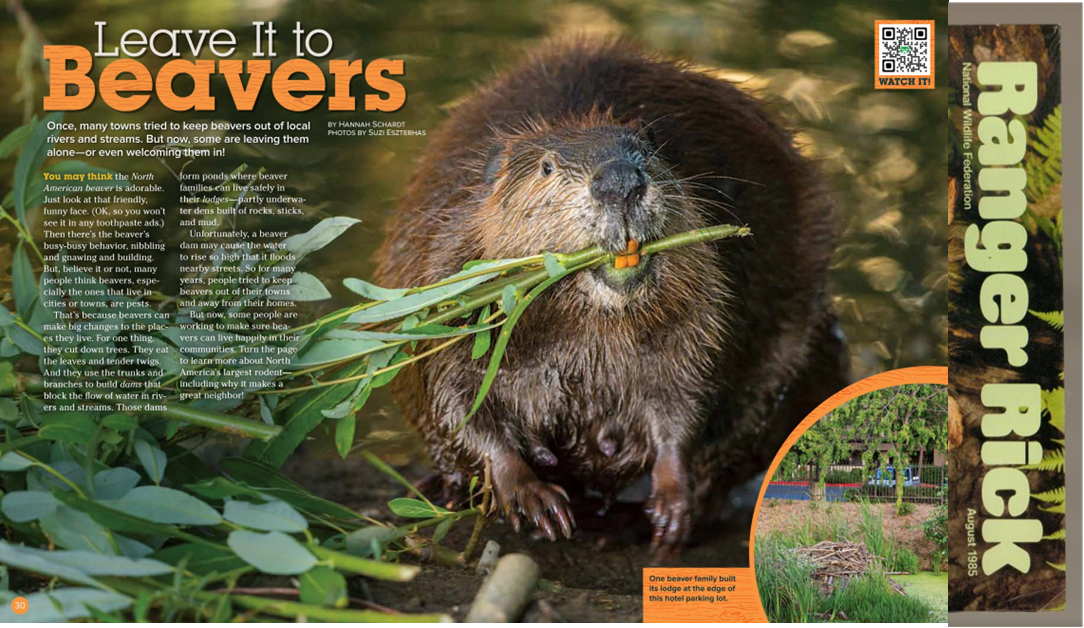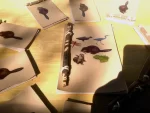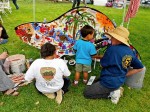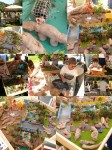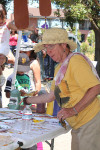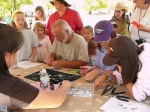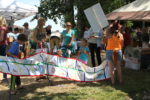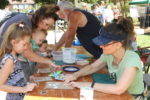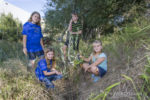The jury is still out on beavers in Connecticut. The nutmeg state is characteristically never too excited to see the little rascals, but there are some among them that know of the good that they do. Remember when Ben Goldfarb started writing Eager he was living in Connecticut! Let’s hope he talked a lot to his neighbors.
RLT Sets Program on Beavers
ROXBURY — The Roxbury Land Trust is sponsoring a two-part program on beavers.
Nick Barnett will give a talk, Industrious Beavers, at 4 p.m. Sunday, September 22 at the Roxbury Town Hall. In the second program, Mr. Barnett will lead a walk at 2 p.m. Saturday, September 28 at the Roxbury Land Trust’s Baldwin Preserve to learn more about beavers’ natural habitats.
That sounds promising right? People talking about beavers is mostly better than people not talking about beavers.
Mr. Barnett, a board member of the West Hartford Land Trust, will focus his talk on beavers’ engineering skills, their behavior, personalities and natural history, and the environmental impact of their industriousness.
Their personalities?
I’m just trying to imagine whether this is a translation of another word that makes more sense? (And I do mean translation, because local papers have lost so much money that some some news is truly outsourced to Korea or some place cheaper.) I guess dogs have personalities right? I think Hope Ryden Lily Pond certainly saw enough of them to know. Or do you think he really does have something to say about beaver personalities that I don’t know about. Maybe some personally perceptive skills or beaver Rorschachs just never paid attention to?
I’m curious. If beavers have personalities, can they have personality disorders?
This trained psychologist sat with our beavers every day for 11 years and I feel I know relatively little of their personalities to this day. They tended to keep those cards pretty close to the vest if you take my meaning. Mom was patient. She did communicate that, She put up with people watching and eventually let us pick her up in a dog crate when she was sick. And Dad was less patient. Does that count? I don’t think I can flesh it out more than that. Certainly not enough to give a whole talk about it?
Maybe I just wasn’t paying enough attention?
The walk, which is moderate and relatively flat, will look at the beaver habitat as well as for other creatures and species found only at beaver ponds, like the baskettail dragonfly.
Well that sounds better anyway. No word yet on the personalities of the dragonflies? I’m pretty curious to find out.
And on the twentieth day of September, she celebrated another completed circle around the sun, this time launching into the year that Enos Mills was when he died. Fingers crossed it’s not unlucky for beaver fans!
This GIF sent to my by a beaver buddy must be a very good sign of the many bright days to come, right?
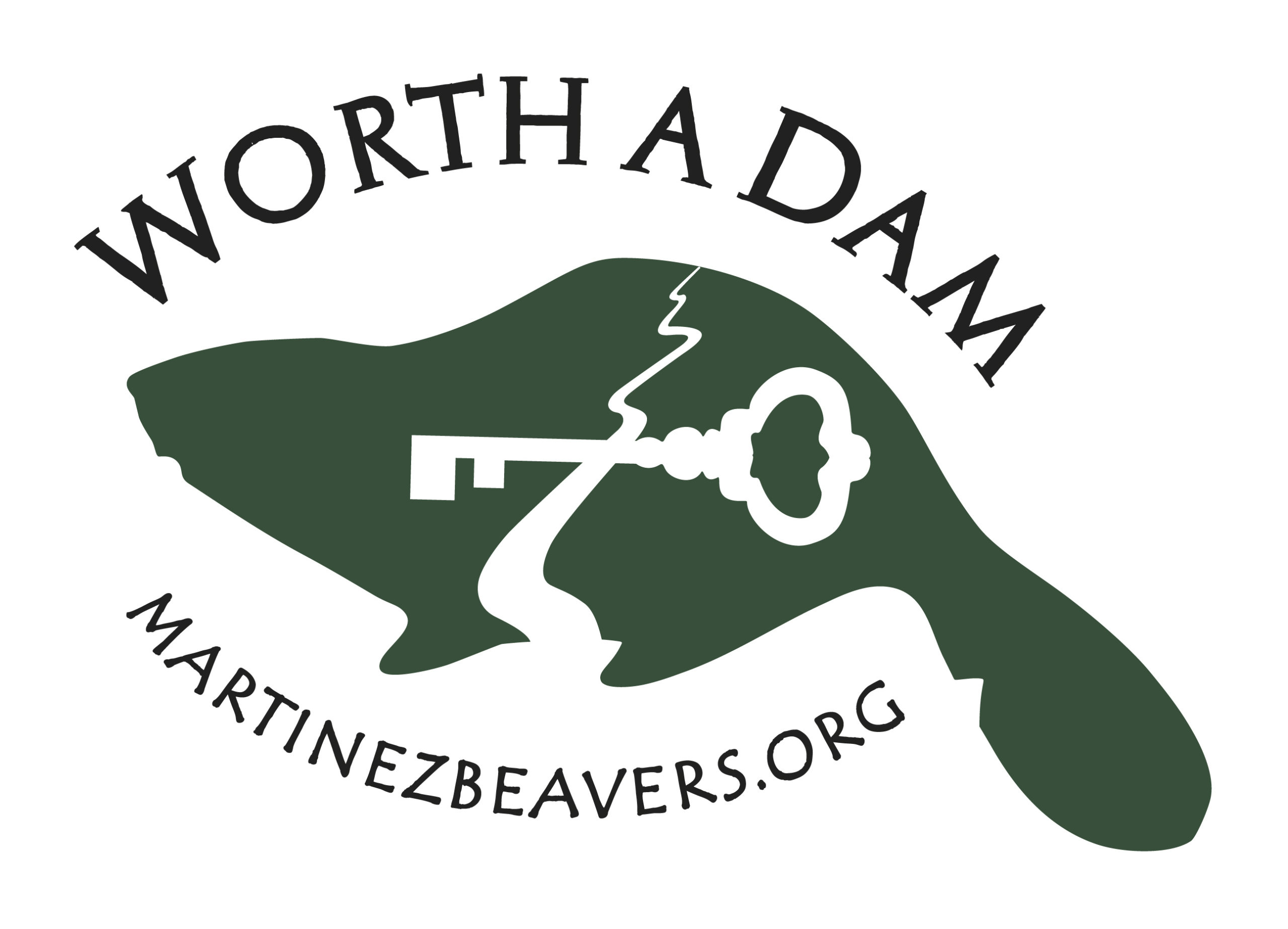


 The researchers asked 2,759 4th-through-8th grade North Carolina schoolchildren about the animals they liked most and those they found scary, and to rank their five favorite mammals from a list of 20 local and exotic species. Slightly more than half the students lived in suburban areas, while the rest were exurban or rural dwellers.
The researchers asked 2,759 4th-through-8th grade North Carolina schoolchildren about the animals they liked most and those they found scary, and to rank their five favorite mammals from a list of 20 local and exotic species. Slightly more than half the students lived in suburban areas, while the rest were exurban or rural dwellers. Landowners and conservation professionals are excited about a new type of woody structure that mimics beaver dams. The benefits are similar — they store water, slow down runoff in streams, and enhance fish and wildlife habitat.
Landowners and conservation professionals are excited about a new type of woody structure that mimics beaver dams. The benefits are similar — they store water, slow down runoff in streams, and enhance fish and wildlife habitat.

 A pair of boisterous beavers have been captured on film locked in a rare game of fisticuffs.
A pair of boisterous beavers have been captured on film locked in a rare game of fisticuffs. There was an email this morning from a woman who attended last nights showing of The Beaver Believers, asking me if we had any more of the shirts I wore in the film and could she buy one. So I guess in a way we were there, and it was a beavery fun night. Sarah sent these photos yesterday of the first night when Ben spoke but you get the idea it was pretty well attended.
There was an email this morning from a woman who attended last nights showing of The Beaver Believers, asking me if we had any more of the shirts I wore in the film and could she buy one. So I guess in a way we were there, and it was a beavery fun night. Sarah sent these photos yesterday of the first night when Ben spoke but you get the idea it was pretty well attended.



